|
Black Canyon of the Gunnison National Park I bid adieu to the tiny house by the creek to continue by trek south to Durango, Colorado, but before leaving Montrose, I decided to check out Black Canyon of the Gunnison National Park. It was a short drive outside of town, and I was curious to see what this park—which I had never heard of before—was all about. My only expectation was that there would be a canyon, and perhaps it would be black. There is nothing that prepares a person for the sense of infinitude that comes when you first catch a glimpse of a deep place like Black Canyon. Your senses are overcome. Your eyes do not know how to communicate to the brain what it's perceiving. Your breath is held captive in your lungs until you remind yourself to exhale. In that spark, the brain sends a pulse through the body that makes the hair tingle on your arms and your spine shutter. The mind asks, "Is this real?" Black Canyon provided this unexpected thrill. Though not as popular as other national parks, it is none-the-less a spectacle. I drove the rim, stopped at several overlooks, and put my camera to action. I knew there was more to see at Black Canyon, but after a couple of hours, I felt I needed to get back on the road and continue onward. It was a picture-perfect September day. Though not peak foliage, autumn's transformation had begun, which made for a colorful drive to Telluride, where I stopped for lunch. Telluride is postcard charming. Cornered by mountains to the north, east, and south the town felt isolated—maybe even protected—from the outside world. I understand why rich people want houses there and why vacationers flock there. I attempted to walk off my heavy lunch in the central village area before grabbing a cup of coffee and hitting the road again. I traveled south on U.S. 550, also known as the Million Dollar Highway, between the old mining towns of Ouray and Silverton. U.S. 550 is considered one of the most beautiful roads in America, and after driving it, I agree. I stopped in both Ouray and Silverton and at multiple turnouts along the way. The mountains in the San Juan Wilderness flaunted colors that I have not seen anywhere else, and the relics of the old mining railroad scattered along the way aroused my curiosity and imagination. Did the miners of the past feel the beauty of these hills, or did they only see what resources could be taken from them? Everyone needs to make a living, but just the same, everyone needs to feel alive. Is nature's purpose to pad the pocket or to heal the soul? San Juan National Forest along the Million Dollar Highway. Railroad relics leave behind tracks of a bygone era. A old mining house abandoned in the shadows of time. I spent the night at a cozy bed and breakfast in Durango. It gave me not only a good night's sleep but also a boost of youthful invigoration as I was the only one there under the age of 60 (from what I could tell). I arrived at Mesa Verde National Park mid-morning, keen to visit this UNESCO World Heritage Site. I had read in National Geographic about the cliff dwellings of the Ancestral Puebloans, so I could not pass on the opportunity to see the archeological sites with my own eyes. Due to COVID restrictions, visitors could not tour the dwellings, but I could still observe them from a distance and hike the trails around sites. Cliff dwellings of the Ancestral Puebloans in Mesa Verde National Park. c. 1200-1300 CE After my hike, I took an audio tour of the area, stopping at a dozen of the nearly 5,000 known archeological sites in the park. I could not help but ponder how wrong we got the native peoples of America. When we saw their arrows, headdresses, and rituals, we thought they were "primitive" or "savage." Yet, I look at the homes they built and the cliff dwellings they inhabited, and I see engineers and architects. For 700 years—long before European settlers arrived in the Americas—they lived, adapted, and survived in this harsh environment. The creativity and savviness of these people are astounding if we don't get hung up on cultural and worldview differences. It still remains a mystery as to why the Ancestral Pueblo people left the area around 1300 CE. Some hypothesize that it was environmental changes that drove them away. Others say it may have been social conflict or political threats. I can't help but think that maybe they just wanted to move on. Perhaps they caught a bit of wanderlust. Or maybe it was that very universal and human hope for a better life somewhere new. Petroglyphs tell the story of a past people who once lived and left their mark on the world. A statue dedicated to the Ancestral Puebloans welcomes guests at the Mesa Verde National Park Visitors Center.
0 Comments
Leave a Reply. |
AuthorA WRITER AND TRAVELER KEEPING THE FAITH IN LOS ANGELES Subjects
All
Archives
August 2022
© 2022
|
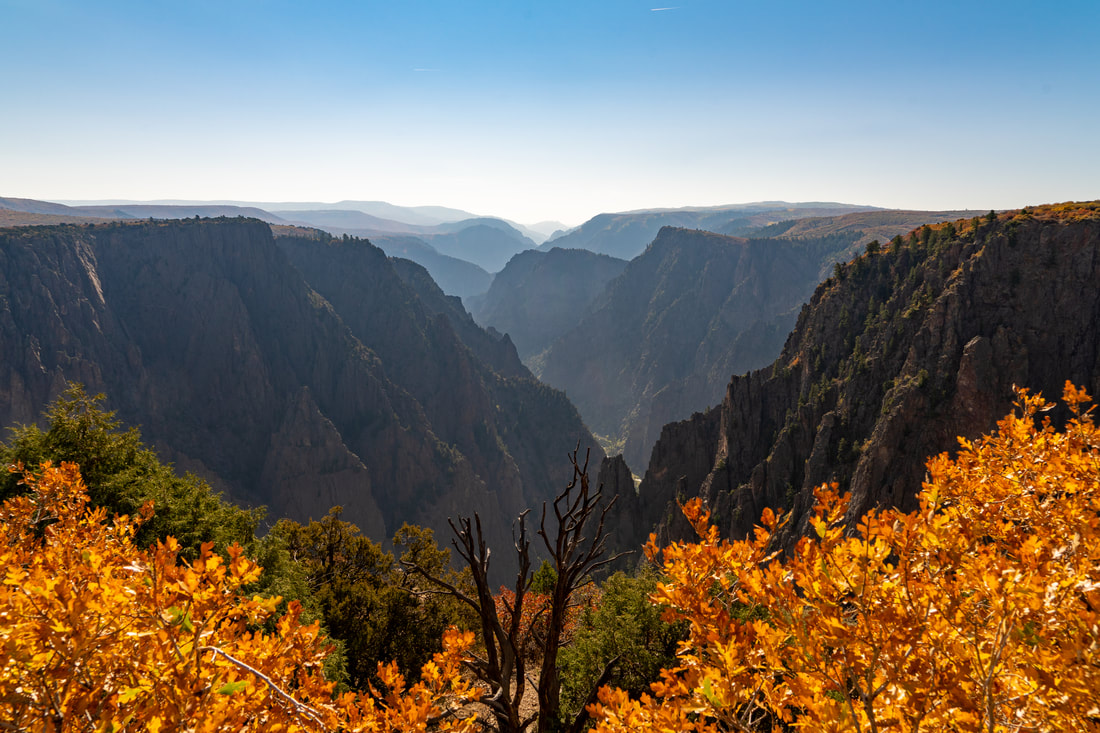
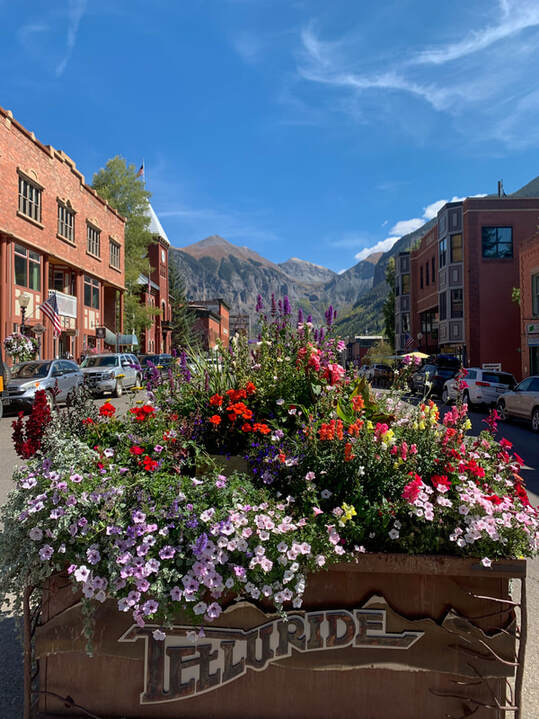
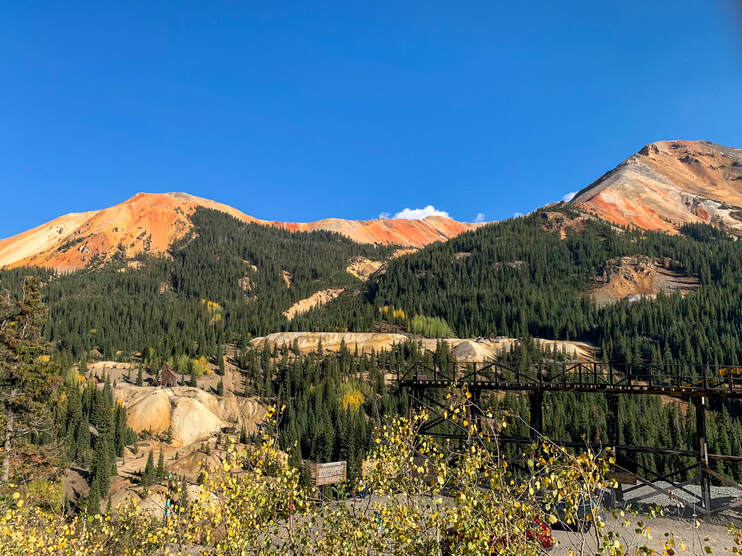
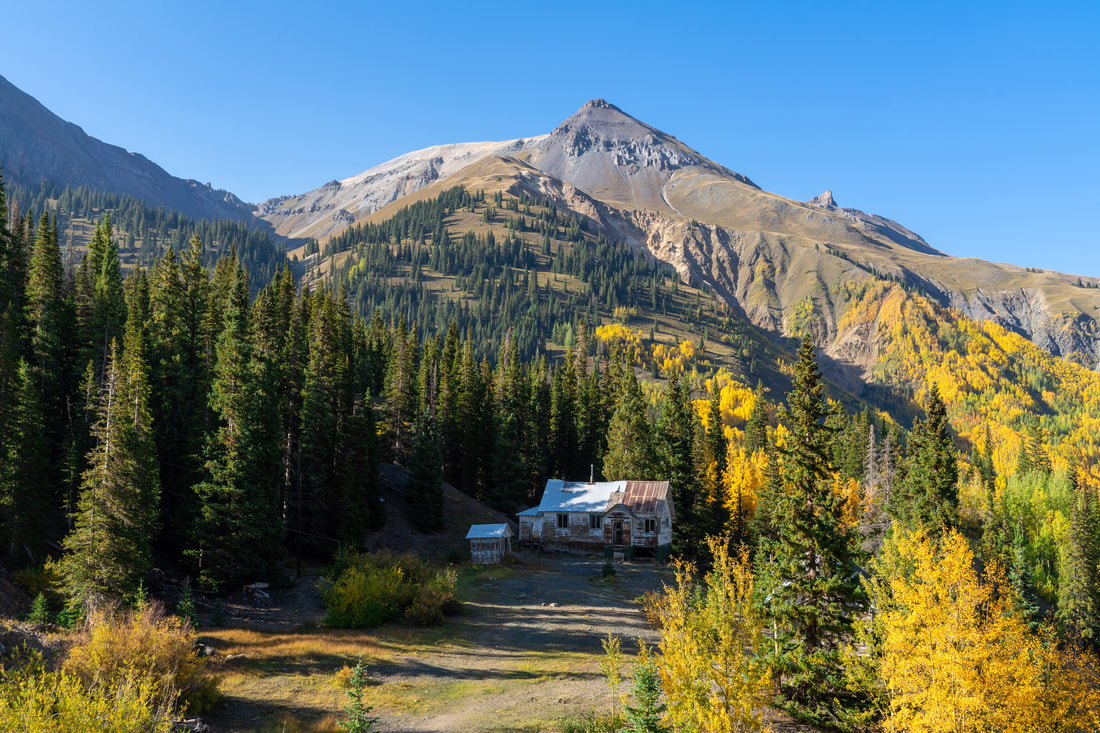
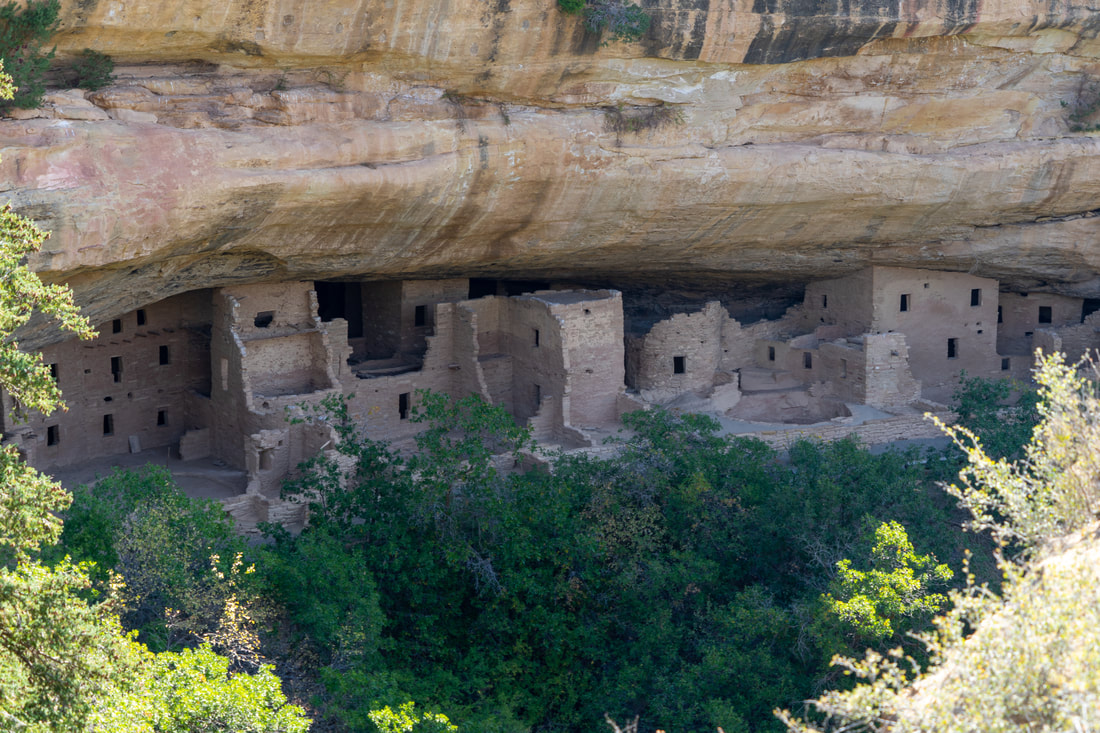
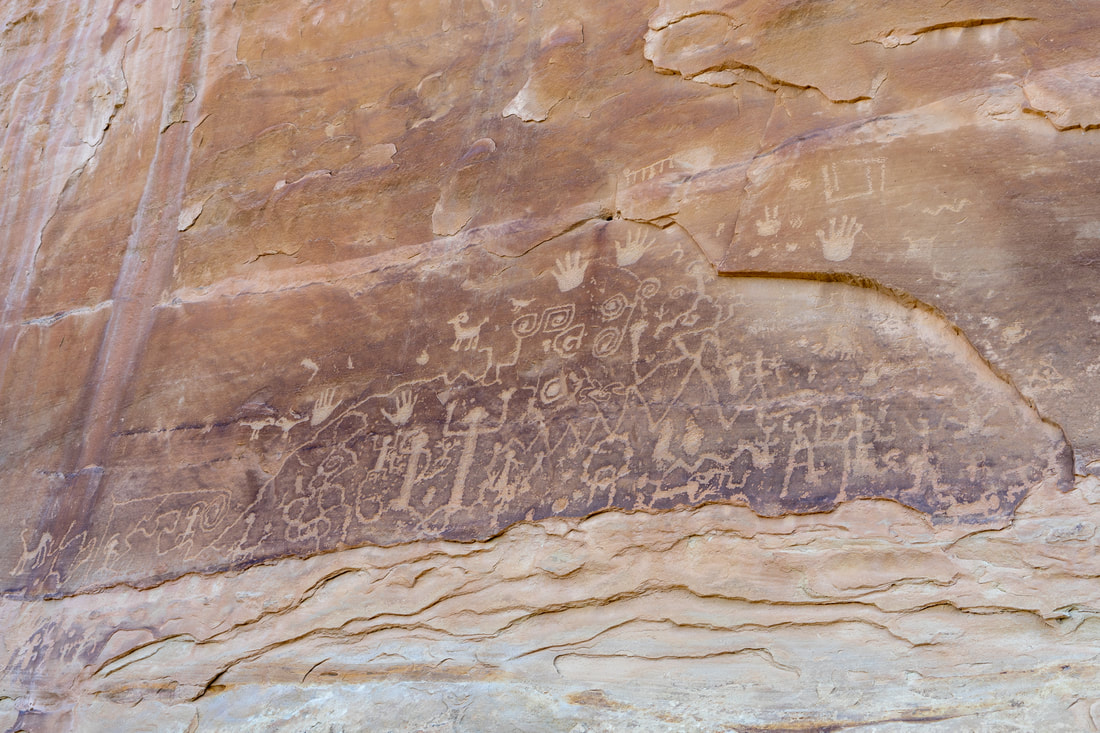
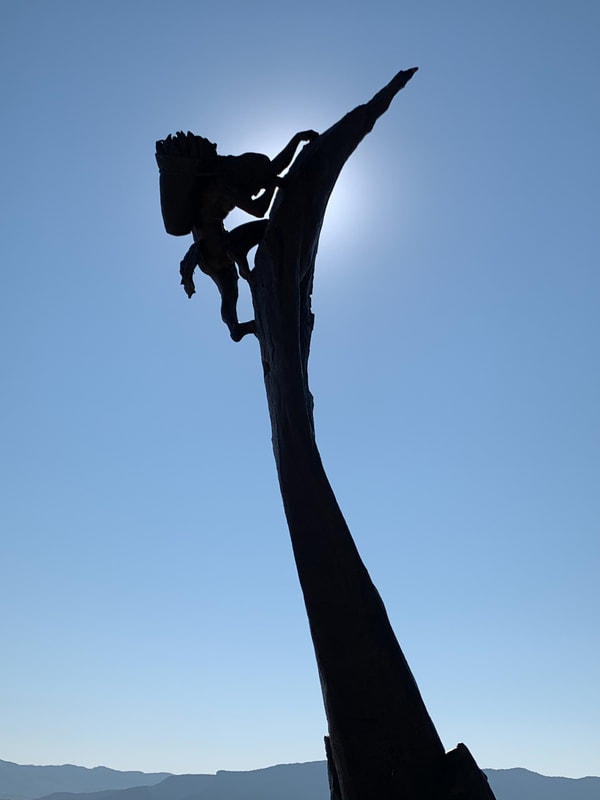
 RSS Feed
RSS Feed